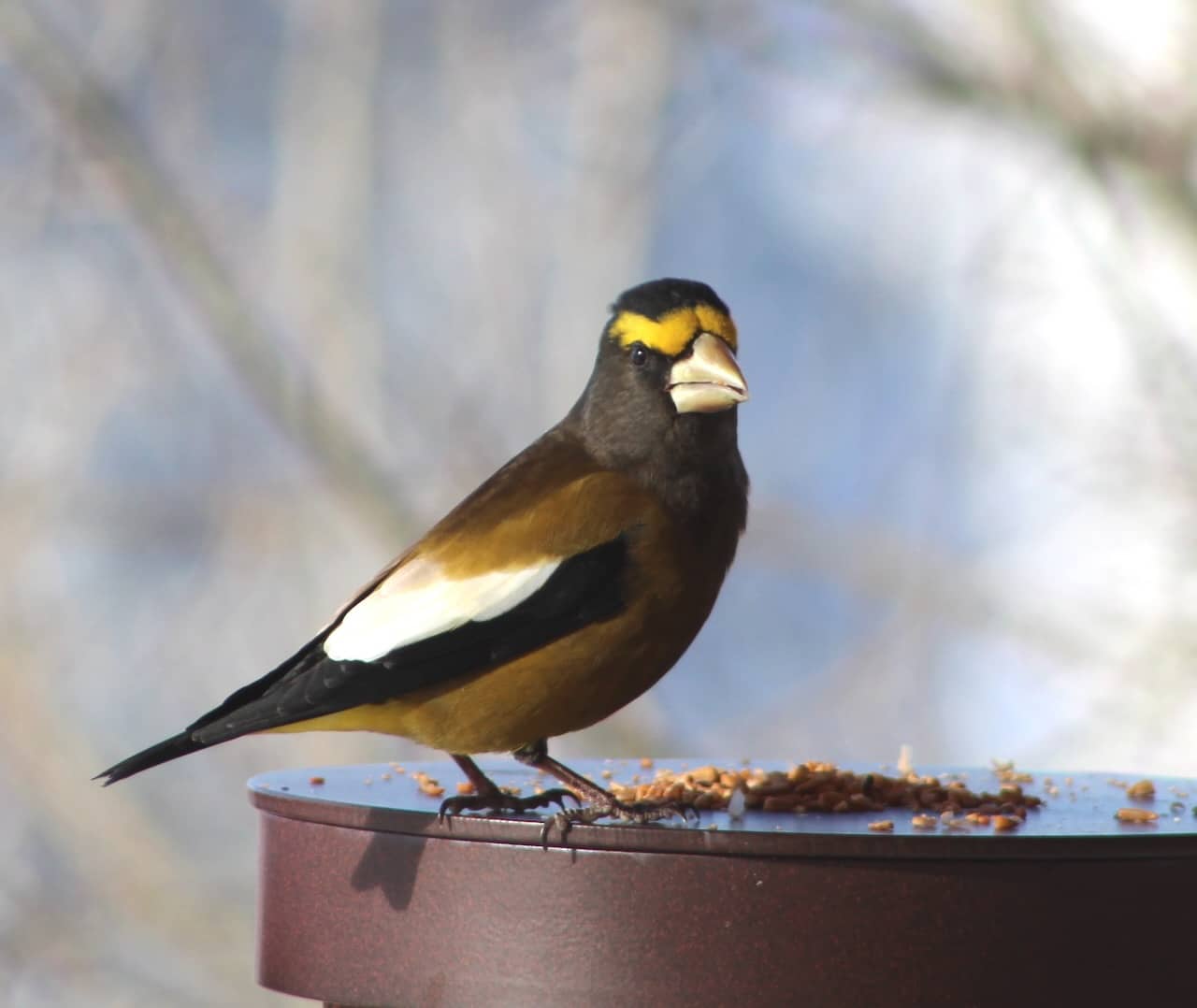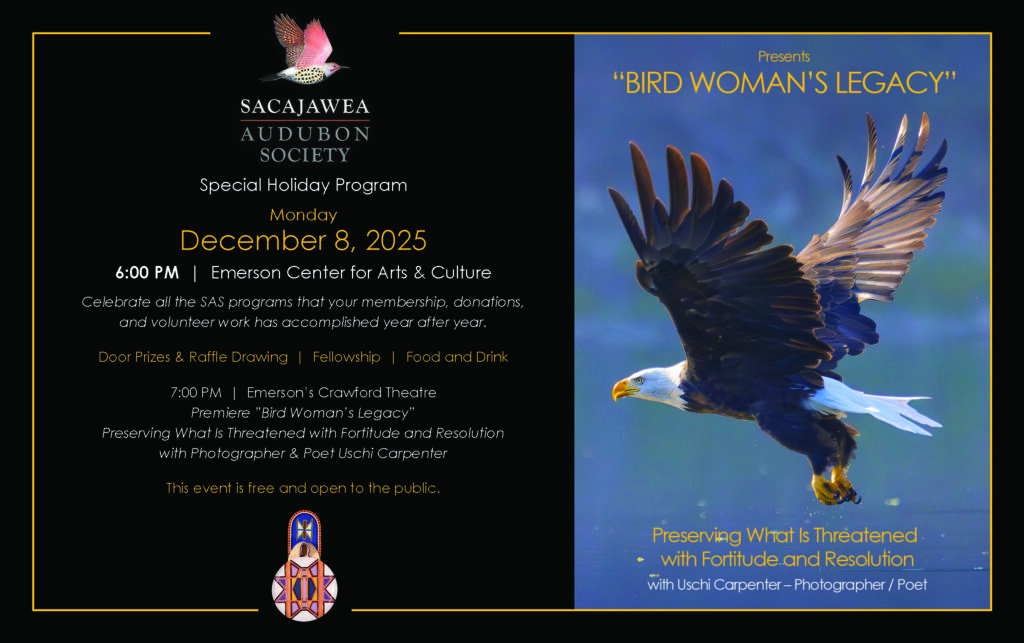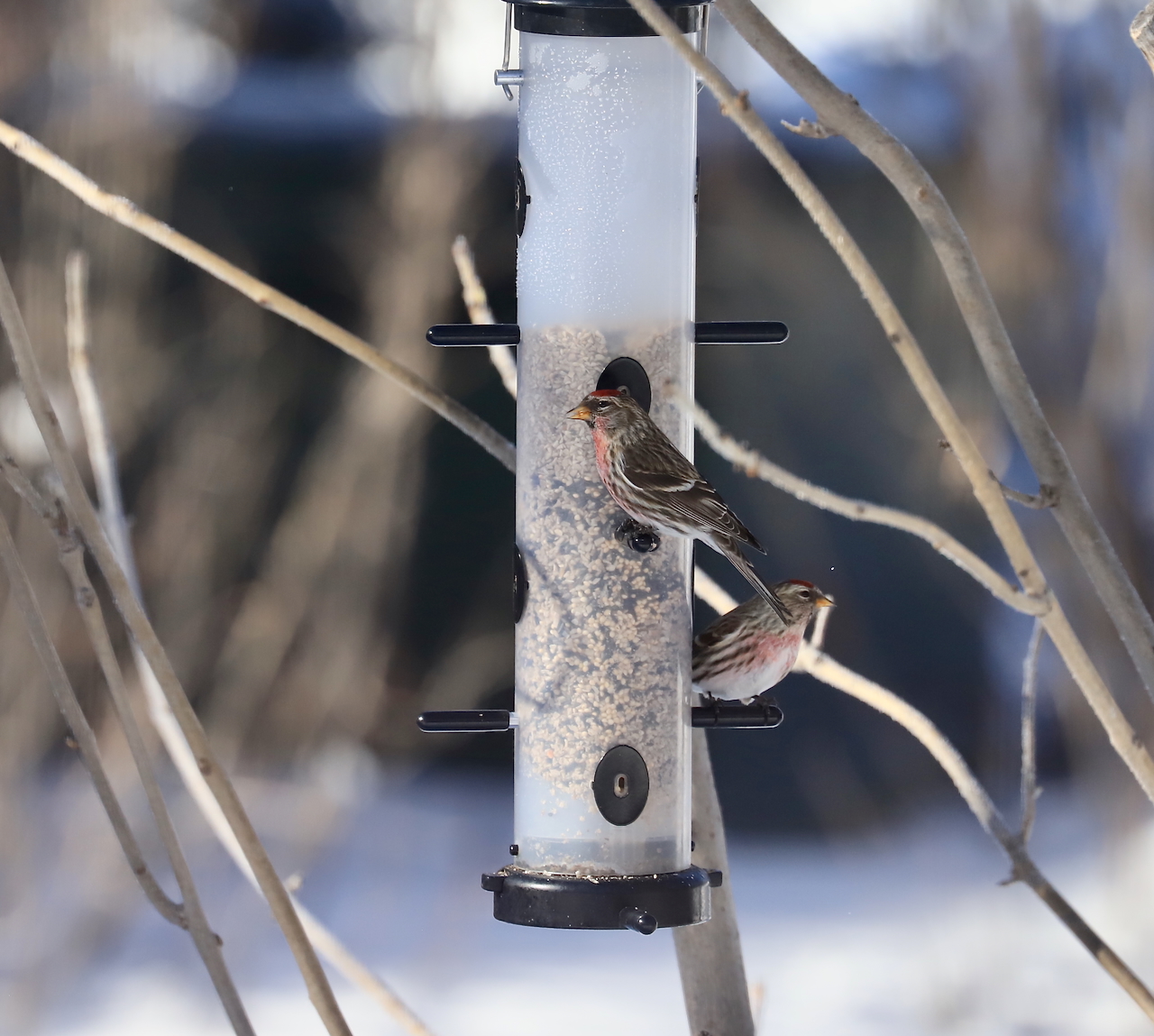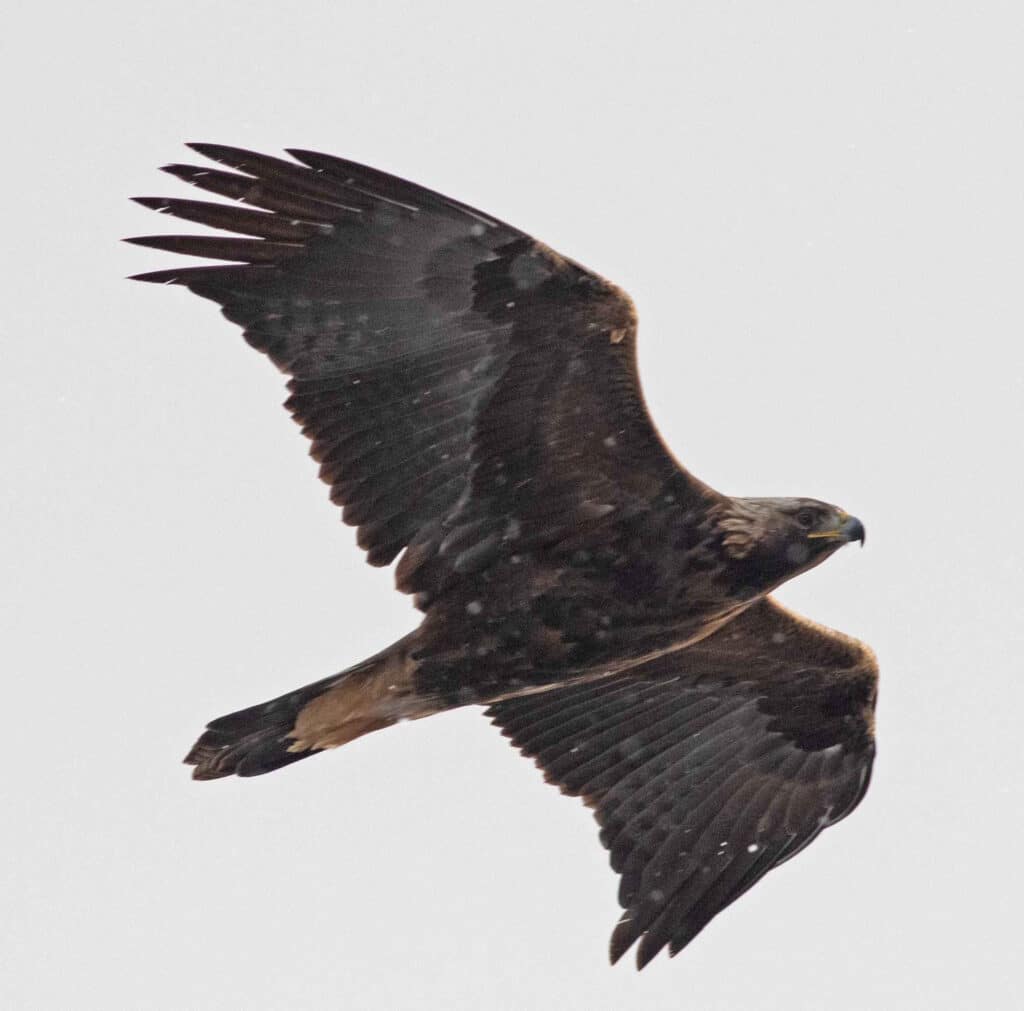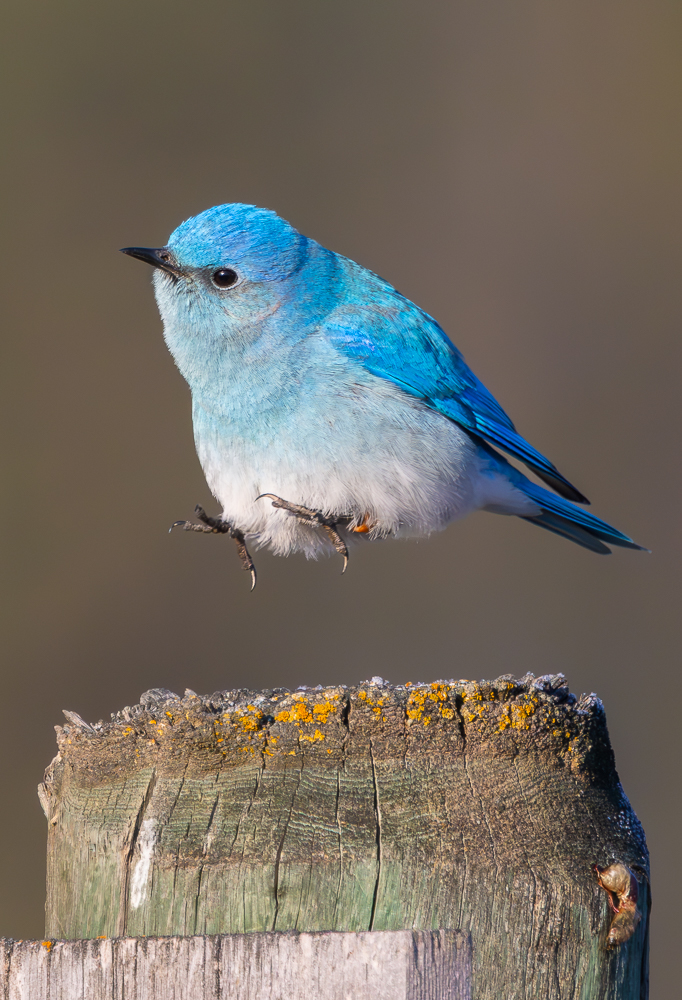Avian Flu and your Bird Feeders: The Long and the Short
by Mikaela Howie
Avian influenza, or avian flu, has been in the news a lot lately! What is the deal and what does it mean for our backyard bird feeders and for the wild birds we love? Here is the long and short of it all.
The current strain of avian influenza (highly pathogenic H5N1 or HPAI) affects a wide range of wild birds including raptors, corvids, shore birds, sea birds, game birds and especially waterfowl.
The virus is shed in the saliva, mucus, and feces of infected birds and is transmitted to other birds via ingestion or inhalation.
Should we worry about songbirds and avian flu?
Multi-year surveillance programs have reported that 3% of all wild birds testing positive for HPAI have been frequent visitors to bird feeders or songbirds. So, the risk seems low for songbirds, however, they are still capable of transmitting the disease. Highly pathogenic avian influenza (HPAI) does not have an equal effect on all birds and the “HP” or “highly pathogenic” part, specifically refers to the severity of the disease in poultry which get very sick from the virus. Raptors are also highly sensitive and the local Montana Raptor Conservation Center is taking special measures to ensure the safety of their resident raptors as well as those brought to them for recovery. HPAI is especially devastating to domestic poultry flocks and has been showing up in typical mammalian predators of birds (red foxes, skunks, bobcats, fishers, and bears).
It is most important that if you have active bird feeders this winter, you clean them regularly with soap and hot water. When touching or cleaning your feeders, remember to keep yourself safe by wearing gloves and washing your hands!
If you have a domestic poultry flock and bird feeders on your property, the recommendations are to keep your bird feeders separate from your flock. Go to https://www.aphis.usda.gov/livestock-poultry-disease/avian/avian-influenza for best practices with poultry care. If you must touch sick or dead birds: Wear gloves and a face mask and throw them away after use. Place dead birds in a double-bagged garbage bag. Wash your hands well with soap and warm water.
As bird enthusiasts, we want to do all we can to help our feathered friends stay healthy and prosper – but of course we also want to marvel at their beauty, listen to their winter chirps and occasional songs and observe their antics from the comfort of our kitchen windows. Bird feeders are a great way to observe more songbirds, but it comes with responsibility! The best and most lasting way to entice songbirds to your yard is to provide a safe habitat by keeping cats indoors or on a leash and using native plants that provide shelter and food, even when there are feet of snow on the ground! For information about making your corner of the earth bird friendly check out more of SAS’s work at: https://sacajaweaaudubon.org/project/bird-friendly-communities/.

